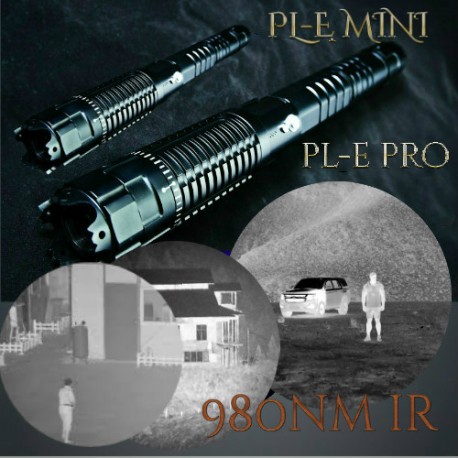LazyBeam
0
- Joined
- Jun 12, 2010
- Messages
- 462
- Points
- 28
I want to to correct the fast axis of a diode to slow it down and match the divergence of the slow axis. I basically want both divergences to be close 12 degrees so I can create a sort of handheld laser "flashlight" that has a mostly circular/square shape. I've spent a day and a half reading about lenses and I found many articles and equations and information on collimating or focusing down to a point or onto a CCD, but nothing on just reducing the angle a little bit. So I'll come right and say it... I have no idea what is going on here. I don't even know what side of the lens to shine the light into (flat or convex). I feel more lost than when I started. Can someone help me find a suitable cylindrical lens?
Diode I want to use: http://insaneboard.de/blog/wp-content/uploads/2015/06/HLD980200H4T.pdf
Diode Package: TO-18
Fast Axis Divergence: 35 degrees
Slow Axis Divergence: 12 degrees
I want to take the fast axis from 35 degrees to about 12 degrees... so I'm pretty sure I can accomplish this with a single plano-convex lens. Thor labs sells 650-1050 AR coated lenses like this, but I have no idea what focal length to buy. Although I think the lens must sit 0-5mm from the front of the TO-18 can for the diode and optics can fit into the host. If it matters, it looks like the emitter sits about 1mm behind the front of the can. The can has a 1mm aperture opening. I have no idea how big the emitter is, but I think 50um (0.05mm) is pretty common.
So far I've managed to find this:
y2 = θ1 * f
y1 = θ2 * f

So I select a 10mm focal length and plug in my numbers:
(I have no idea if I'm doing this correct)...
f = 10mm
y1 = aperture = 1mm
θ1 = fast axis half angle = 17.5deg = .3054rad
θ2 = ? ... but I know I want a 6 degree half-angle.
Y2 = ? ... Do I care what y2 is? Because i'm not trying to focus/project an image. I just want a 12 degree light angle.
Working out the math:
θ2 = .100rad = 5.7deg ... looks good.
y2 = 3.054mm ... I'm not sure what this means or if it matters to me.
Diode I want to use: http://insaneboard.de/blog/wp-content/uploads/2015/06/HLD980200H4T.pdf
Diode Package: TO-18
Fast Axis Divergence: 35 degrees
Slow Axis Divergence: 12 degrees
I want to take the fast axis from 35 degrees to about 12 degrees... so I'm pretty sure I can accomplish this with a single plano-convex lens. Thor labs sells 650-1050 AR coated lenses like this, but I have no idea what focal length to buy. Although I think the lens must sit 0-5mm from the front of the TO-18 can for the diode and optics can fit into the host. If it matters, it looks like the emitter sits about 1mm behind the front of the can. The can has a 1mm aperture opening. I have no idea how big the emitter is, but I think 50um (0.05mm) is pretty common.
So far I've managed to find this:
y2 = θ1 * f
y1 = θ2 * f

So I select a 10mm focal length and plug in my numbers:
(I have no idea if I'm doing this correct)...
f = 10mm
y1 = aperture = 1mm
θ1 = fast axis half angle = 17.5deg = .3054rad
θ2 = ? ... but I know I want a 6 degree half-angle.
Y2 = ? ... Do I care what y2 is? Because i'm not trying to focus/project an image. I just want a 12 degree light angle.
Working out the math:
θ2 = .100rad = 5.7deg ... looks good.
y2 = 3.054mm ... I'm not sure what this means or if it matters to me.
Last edited:






